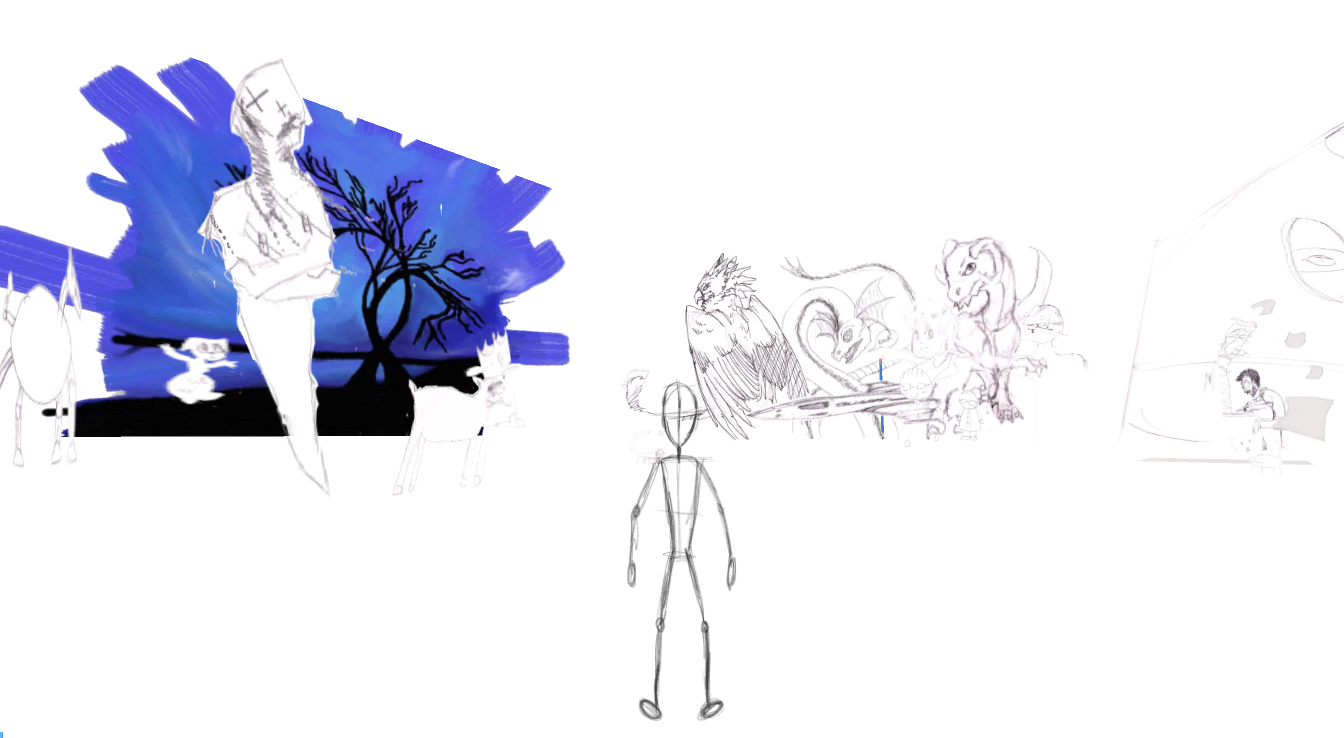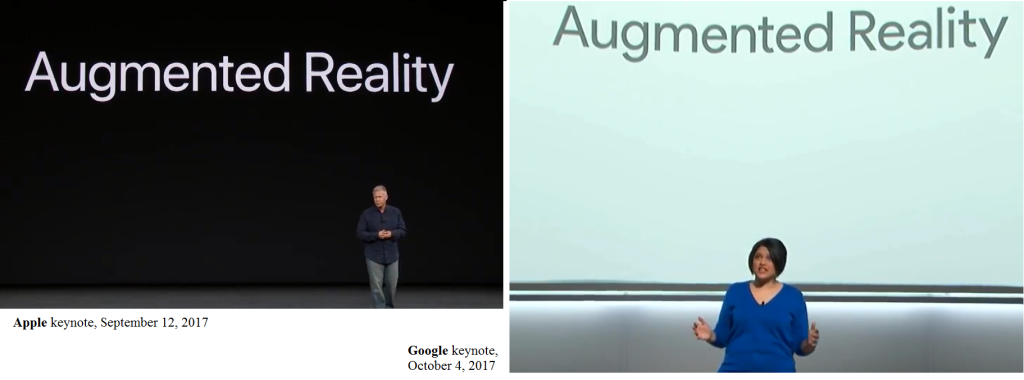In 2014, “Drew and the Floating Labyrinth” was released, and was hailed as a revolutionary title for being the first successful case of utilizing 2D animation in a fully 3D game.
… well, not really. It’s been quickly overlooked. But years later, I took some time to look up the idea to see if any other games were using a similar visual concept. Over 7,000 games were released on Steam in 2017 alone, by now there are tens of thousands of indie games across Steam and itch.io to choose from: surely, not all of them are using sub-par 3D models or 2D pixel art?
I’m surprised I haven’t really written a more formal article like this before. It should act as a good resource of existing games (both past commercial and more recent indie titles) that tackle the animation concept. I won’t be including purely 2D games that use 2D animation: while there are several excellent examples (2017’s “Cuphead” and 2018’s “Gris” come to mind), high-quality animation in these genres have existed for over a decade now, with far too many to count. We’re looking at “pseudo-3D” here, from over 30 years of history.



